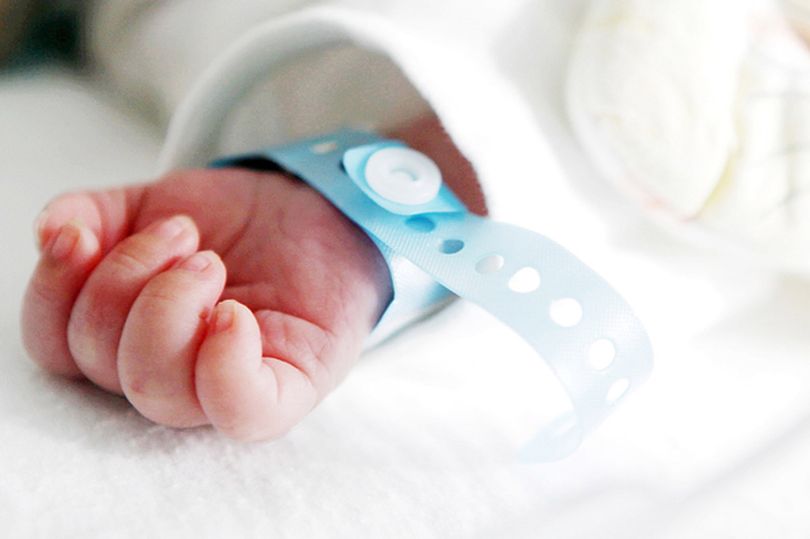There’s some wonderful research going on to help prem babies right now. One of the gravest risks for extremely early babies is undeveloped lungs that are too fragile to handle even the gentlest ventilation techniques.
“If a baby’s lungs are severely immature, they cannot provide the brain, heart and other organs the oxygen they need to survive,” says George Mychaliska MD, director at the University of Michigan’s Foetal Diagnosis and Treatment Centre.
He’s been leading the ground-breaking research to improve the survival of premature infants.
“We thought, ‘Why don’t we solve the prematurity problem by recreating the intrauterine environment?’” he says. “Maybe we should treat these babies as if they are still in the womb. This is a complete paradigm shift.
“Our research is still in a very preliminary stage, but we’ve passed a significant milestone that gives us promise of revolutionising the treatment of prematurity.”
The revolutionising treatment is an artificial placenta, outside the body, which has kept five extremely premature lambs alive for a week. The lambs were transferred to the artificial placenta, which uses technology called ECMO (extracorporeal membrane oxygenation), and developed normally even though they’d never taken a breath.
This project has been a slow-burning fuse. It’s nearly 50 years since researchers first hit on the concept of an artificial placenta being made possible by the kind of extracorporeal circulation routinely used in heart surgery.
Researchers have worked for nearly 10 years to help extremely premature and vulnerable prem babies with the highest risks of disability and death through an artificial placenta. That way the baby can continue its critical development outside of their mother’s womb. Staggering isn’t it?
The artificial placenta is designed to mimic the exact environment inside the womb. It simulates normal foetal conditions and provides oxygen without mechanical ventilation, which would damage the delicate prem baby’s unformed lungs.
The artificial placenta promises the astonishing vision of normal growth and development outside the womb for extremely premature infants until they are ready for independent life.
Over the next five years, researchers are on course to show that an artificial placenta can imitate the uterus environment sufficiently well to grow a foetal lamb from extreme prematurity through to becoming a normal newborn lamb.
The next step would be meticulous assessments to see if the outcomes would justify preliminary clinical trials in extremely premature babies.
The Michigan researchers are finally bringing to fruition an approach envisioned 50 years ago.

